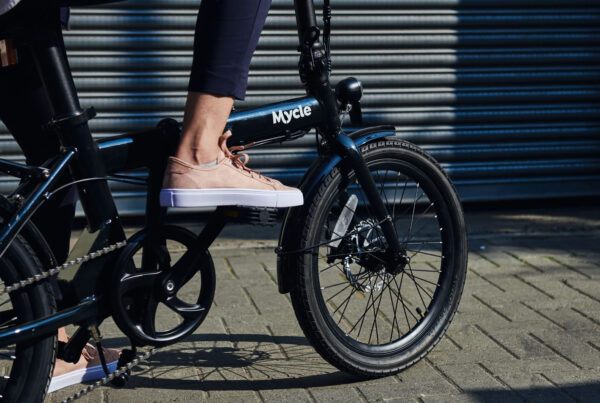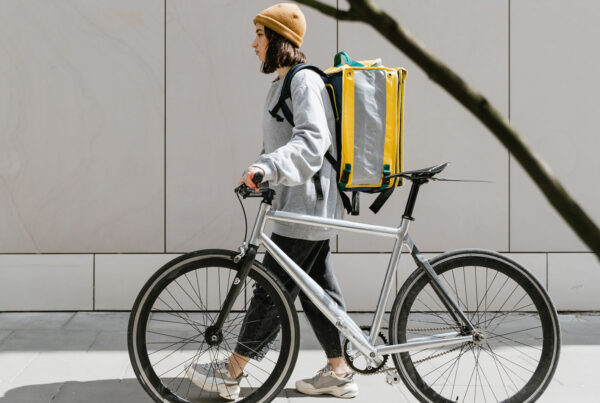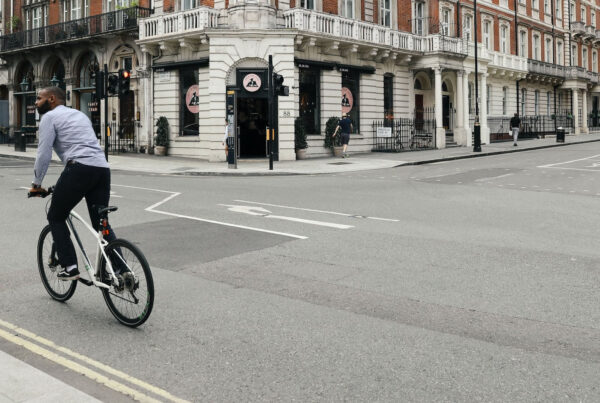What’s in a professional bike service?
Introduction
If you’re like me, you love cycling. But if you’re also like me, you probably don’t love everything about it. For instance, cleaning your bike is not everyone’s favourite activity. However, with a few simple tips and tricks up your sleeve, it doesn’t have to be either!
When I’m not cycling around town or the countryside on my bike—which is pretty much constantly—I’ve got plenty of other things going on in my life: studying nutrition by day and writing articles about nutrition by night. Even so, there’s always time for a good bike ride! And what better way to enjoy the outdoors than by hopping on two wheels? But while biking can be fun and relaxing and even therapeutic, cleaning your bike can be anything but enjoyable. If you’re like me though—and who isn’t?—you might not have time to do an entire service on your own two-wheeled vehicle every week (or month). We all know that keeping our bikes clean helps them run better overall; tires last longer when they’re properly aired up; brake pads perform significantly better when wiped off after each use; and so on…
Cleaning
- Clean your bike before servicing.
- How to clean your bike:
- Use a brush to remove dirt and grime from the frame, wheels, and components. If there’s mud on the tires, use a knife to remove it. You can use soap if you have time but make sure it’s rinsed off well before you get back on the road!
- What do I need? A bucket of warm water mixed with some mild detergent like simple green or dawn dish soap (not too much!). You’ll also want some brushes for scrubbing off stubborn dirt around tight areas like between spokes or under pedals where dirt tends to build up over time even with regular cleaning efforts!
Tires
When you’re examining your tires, there are a few things to look for:
- Tire pressure. If the tire is too flat or too pumped up, it could result in poor performance and a less comfortable ride. In order for your bike’s wheels to roll smoothly, they need to be inflated properly–and this means checking the pressure often (especially if you use different bikes).
- Tread depth. The tread of your tire indicates how much use it’s seen since its last replacement; if there’s lots of tread left, chances are good that it doesn’t need replacing yet! However, if there isn’t much left or if the edges start curving upward instead of lying flat against each other when viewed from above (this happens when tires wear down), then they may need replacing soon–or even immediately after riding on rough terrain like gravel roads or mountain trails where rocks can chip away at their sides over time
Brakes and gears
The brakes and gears are two of the most important parts of your bike. If they’re not working properly, you won’t be able to stop when you need to and your bike will be hard to ride.
It’s important to make sure that both are in good condition before every ride. You can check them by:
- Inspecting for brake rub (when one wheel rubs against another) or chain skip (when your chain jumps over several cogs). If either happens, it means there’s something wrong with either your brake pads or derailleur limit screws; adjust accordingly.
- Cleaning any dirt from between wheels with an old toothbrush or cloth rag dampened with water only–no soap!
Saddle and seat post
The seat post is the part that holds your saddle in place. It’s made of metal, usually aluminium or carbon fiber, and has a clamp at its base to secure it to your frame. The post itself can be threaded so you can adjust its height by turning a bolt within it.
If you’ve ever been riding on rough terrain and felt like something was wrong with your bike’s handling, there could be an issue with either one of these components–or both! If there’s play in either component (which means they’re loose), they may need replacement sooner than later; otherwise they may break under stress from repeated use over time.
Drivetrain
The drivetrain is the system that transfers your pedalling power to the rear wheel and chainring. It consists of:
- The chain, which connects the crank set (the part that holds your pedals) to the rear cassette or freewheel (the cluster of gears at the rear hub).
- Derailleurs (mechanical or electronic), which move it from one gear to another as you pedal.
There are many things you can check during a bike service to make sure these parts are functioning properly:
Rims and wheels
Wheels are one of the most important parts of your bike. They’re what allow you to ride in the first place, so it’s essential that they are properly maintained. Rims are technically just one part of a wheel, but they play a large role in how well your bike performs and how long it lasts.
- What is a rim?
Rims are circular metal discs with spokes attached to them, which attach directly onto your hubs (the centre of the wheel). They hold together all other components within the wheel system and provide support for those components as well as giving them shape and form.
- Why do wheels need to be serviced?
Wheels can become damaged through use over time – this can happen if you ride on rough surfaces like cobblestone or gravel roads regularly; if you don’t maintain proper inflation levels; if you have bent rims from accidents; etcetera! Having these problems fixed by professionals will extend their lifespan significantly while also improving performance during rides.* How often should wheels be serviced? In general terms: every 6 months at least once per year is recommended (or more often depending on usage)
You can trust your bike to get a professional service.
Professional servicing will ensure your bike is safe and reliable. You can trust a professional service to do a thorough job, making sure that all the parts are in good condition, including the brakes and gears. If there are any problems with the frame or wheels of your bike, they will be repaired or replaced with new ones if necessary. This means that you’ll be able to ride it for longer without having to worry about the cost of repairs later down the line!
Professional servicing also makes it more comfortable for riders when they’re on their bikes: by ensuring everything is working smoothly together (the gears shift smoothly when changing gear), this reduces friction between moving parts which leads directly onto less effort being required by riders themselves as well–making them faster off-roaders than ever before! Plus professional servicing makes sure everything looks nice too so people will think highly of them when riding around town.”
Conclusion
We hope that you now understand what’s involved in a professional bike service. If you have any questions, please feel free to contact us.



